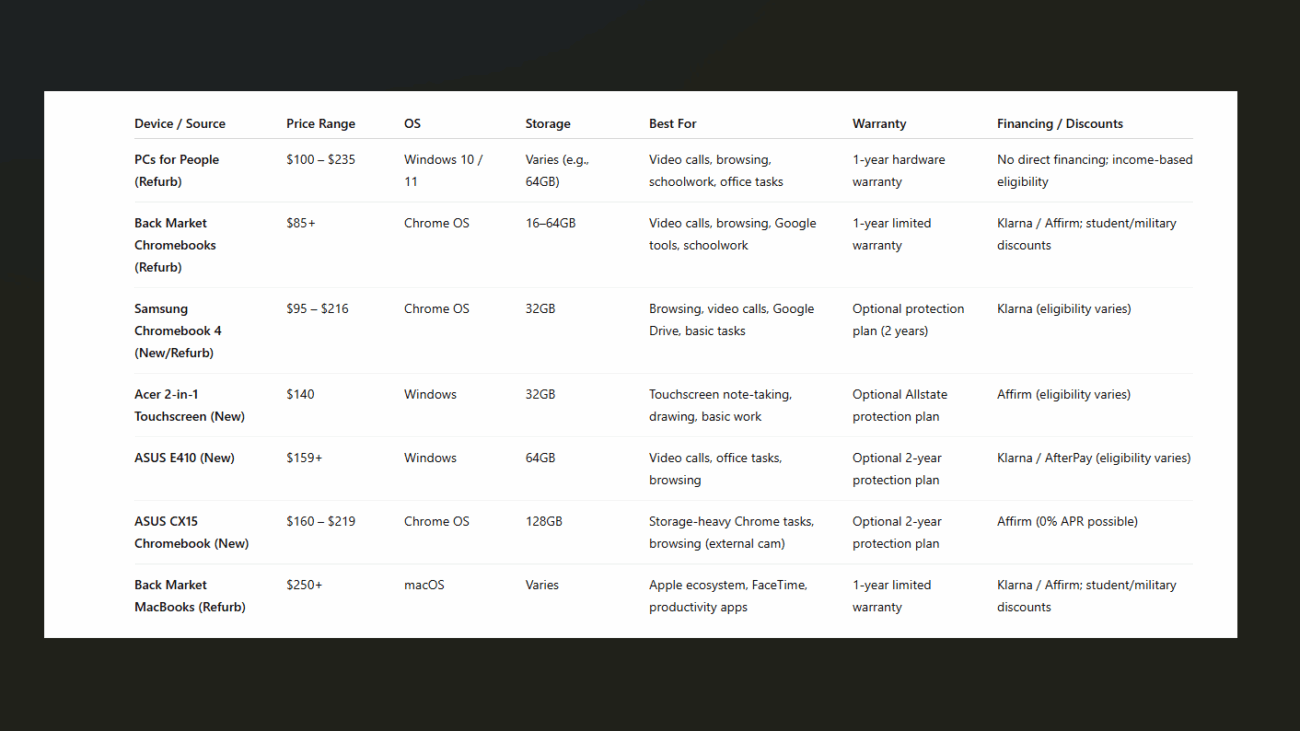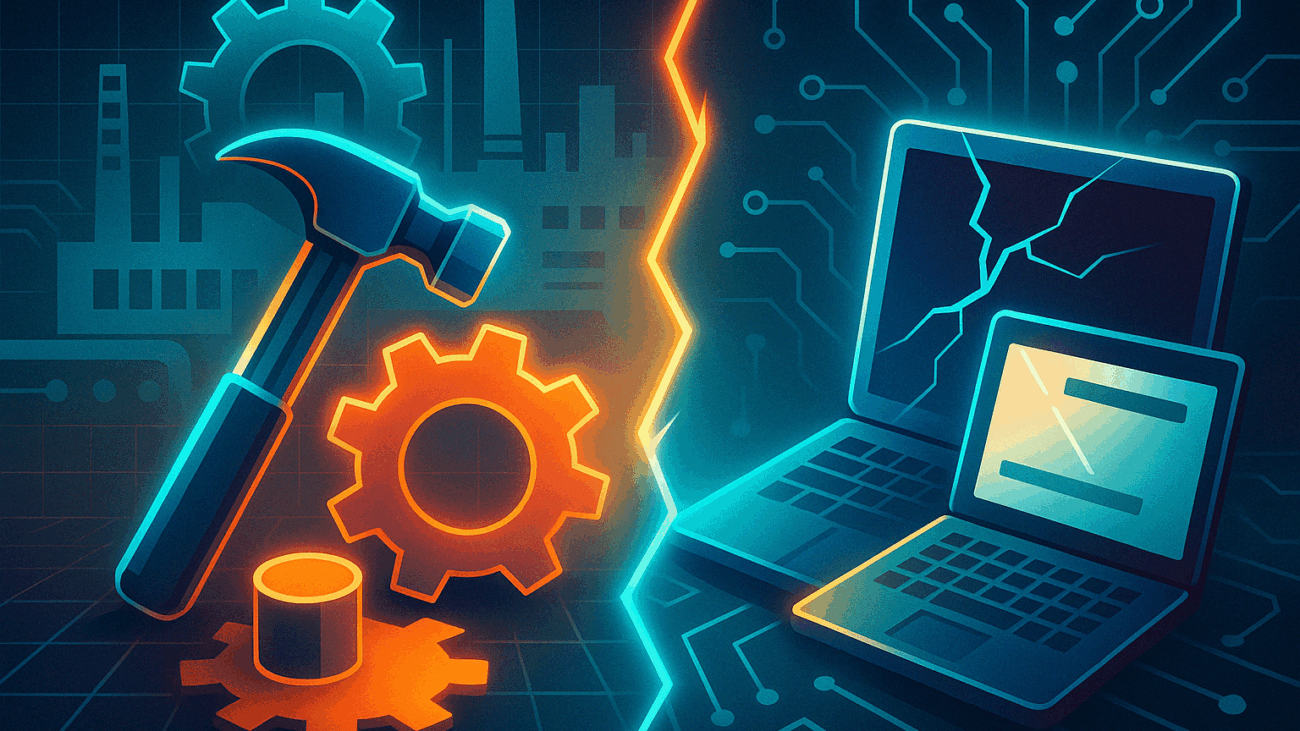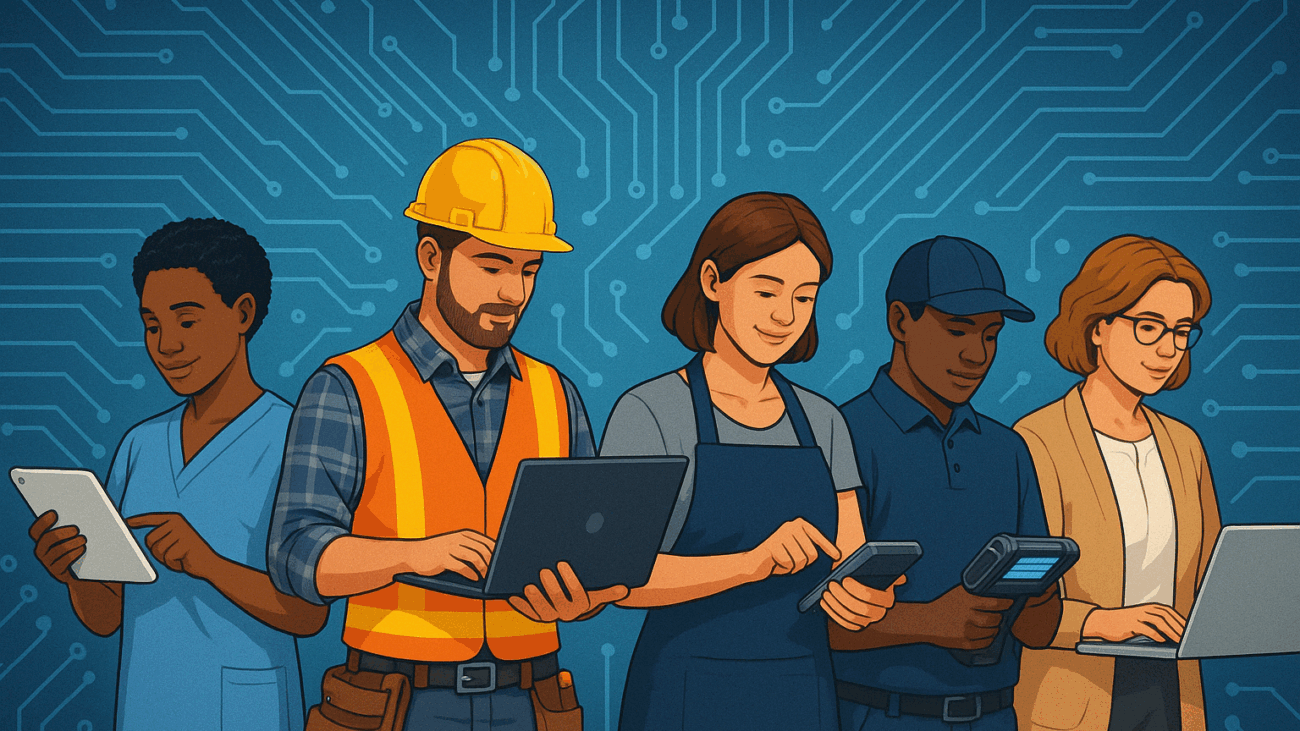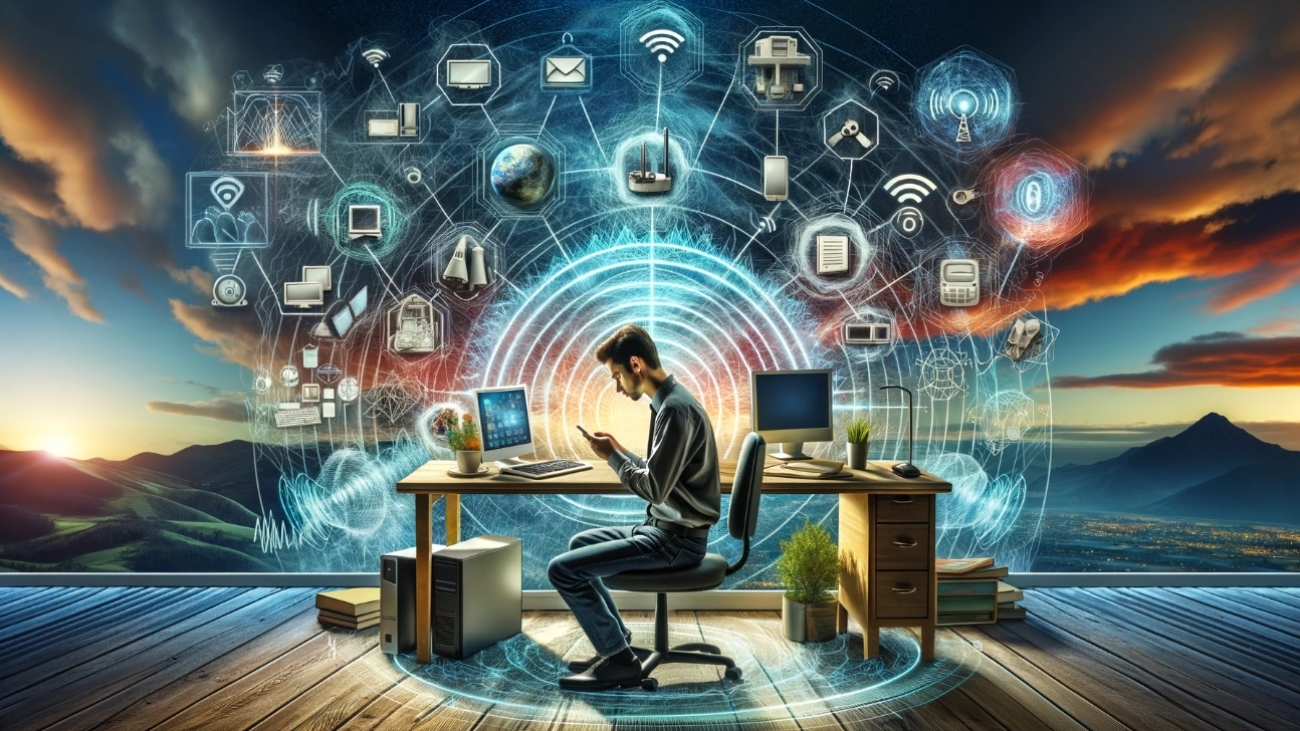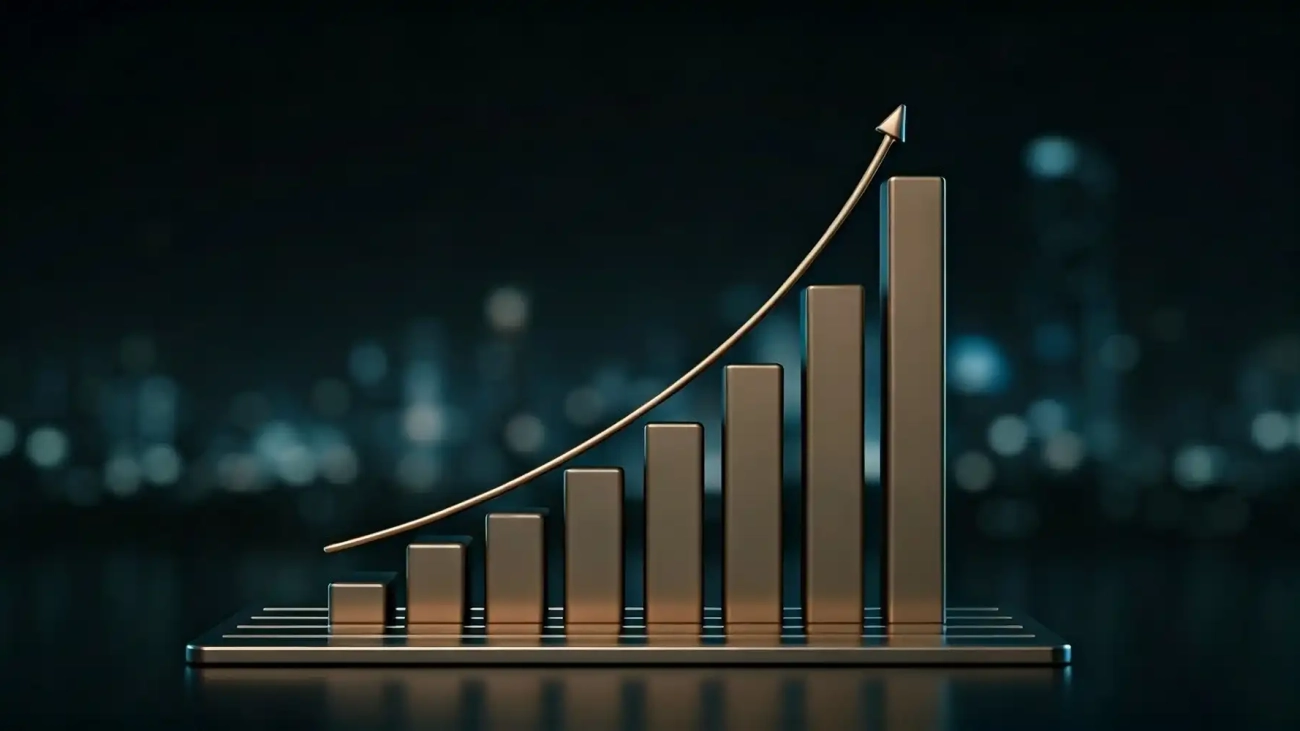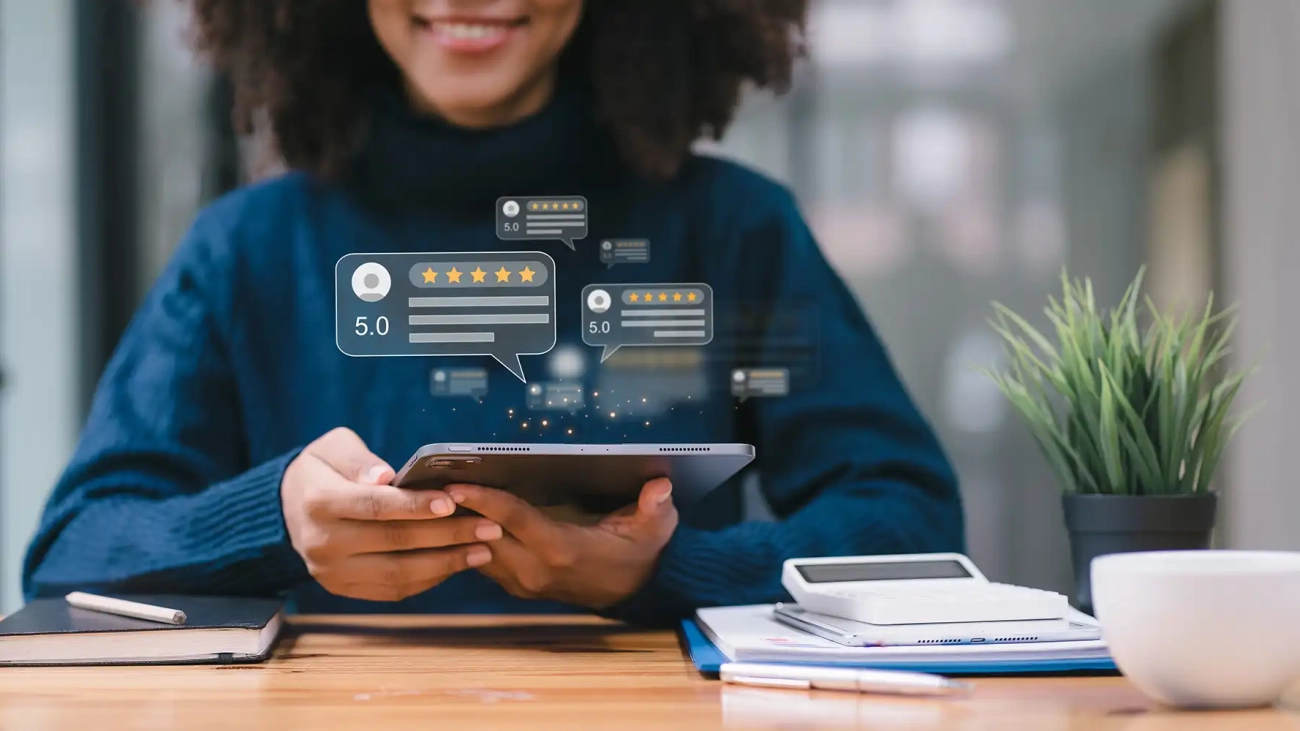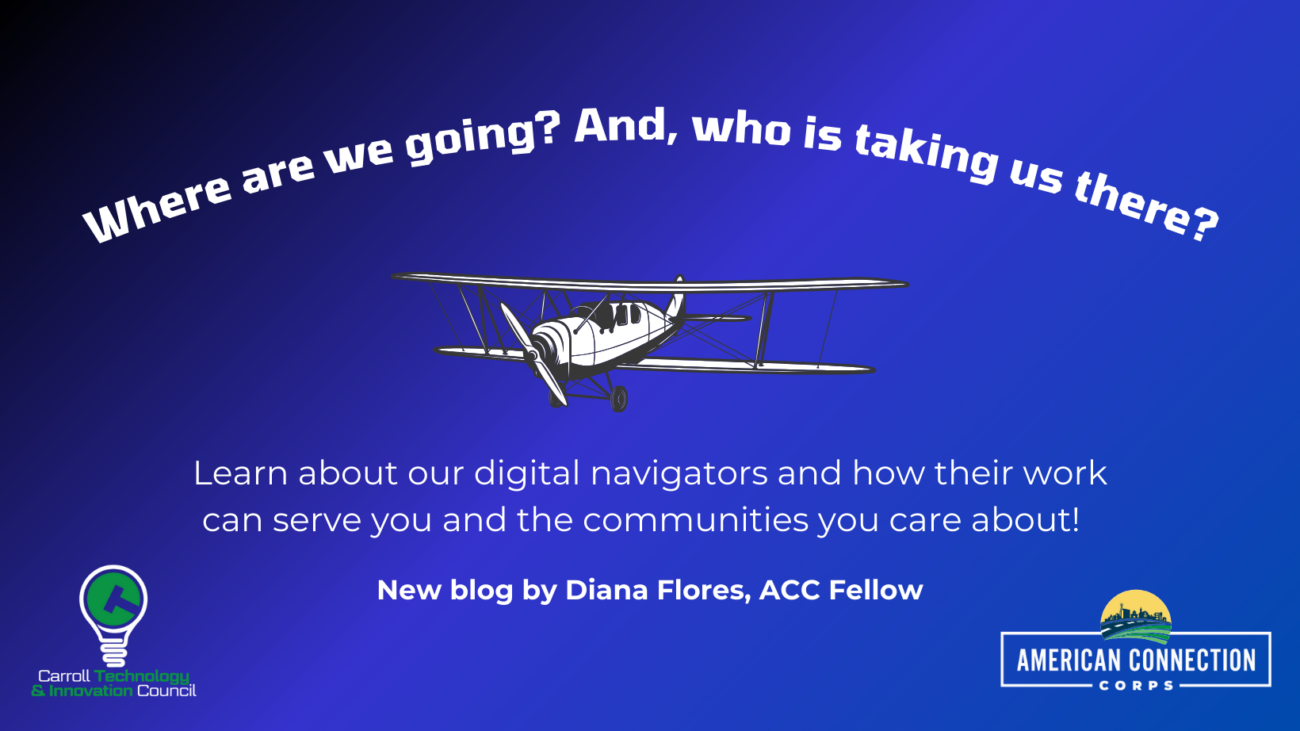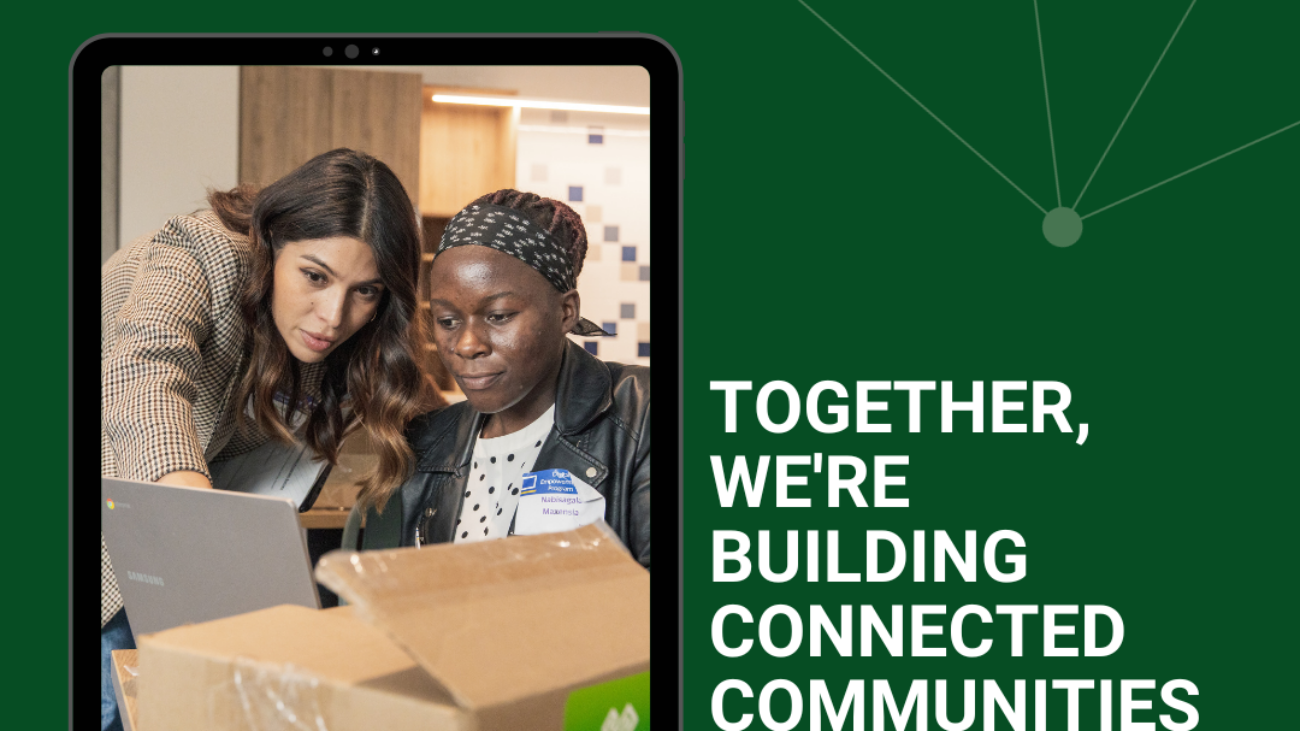Some of my favorite meals have started with recipes I didn’t quite follow. It’s how I’ve ended up with Dutch babies on slow mornings, eggplant and tomato sauces cooked down into something rich and surprising, or kale chips that actually turned out crisp. Lately, I’ve even been playing with a Ninja Creami and a simple coconut ice cream.
Each of those started with a recipe, but they didn’t end there. The first recipe gives you an anchor — but the fun comes when you adapt, substitute, and experiment.
That’s why I like using AI as a recipe partner. Not to hand me the “one best” version, but to help me think through what’s possible, adjust for what I have, and give me confidence that the path I take will still work.
Start With Constraints
Before you copy the prompt below, pause and decide which of these three contexts fits your kitchen right now:
(a) Cost and access to ingredients is no issue — make the best-of-the-best version.
(b) I have the household ingredients of someone who enjoys cooking and can access most things, but I don’t need advanced or rare ingredients.
(c) I have limited ingredients and am newer to cooking — please provide substitutions or options when a step calls for something uncommon.
Pick one. Hold onto it. You’ll slot it into the prompt in just a second.
The Prompt
Copy, paste, and adapt:
Task & Framing
I want you to create a recipe for [insert dish]. Please synthesize from your strongest knowledge of cooking and baking technique; do not simply list best practices individually, but integrate them into a coherent, balanced recipe.
Constraint Selection
My chosen context is: [insert a/b/c option here]. Please carry this through the entire recipe, summary, and analysis.
Research & Summary
Open with one to two narrative paragraphs summarizing your research and key findings, framed by the context above. Briefly describe what techniques you analyzed, from where they are drawn, and how this dish has been discussed or adapted across sources; highlight your reasoning for which direction is most reliable and effective given the chosen constraint.
Method & Focus
When writing the recipe, draw on established culinary methods for this type of dish, including ingredient ratios, preparation steps, cooking techniques, and finishing methods; adjust amounts and steps as needed so the recipe is both correct and reliable.
Synthesis Request
Provide a single, unified recipe with a clearly listed ingredient section, and integrate ingredient amounts directly into the instructions so the user does not need to cross-reference. Do not overload with optional variations; choose the most effective approach and carry it through consistently.
Practical Details
Include approximate total time with both active and inactive times specified; effort level described as easy, moderate, or complex; serving size; one or two common pitfalls to avoid; a sentence on typical serving or presentation; and a note on what cooking skills the user will be improving by making this dish, such as sautéing, whisking, achieving the Maillard reaction, or balancing acidity.
Post-Recipe Analysis
After the recipe, provide explanations, citations, and comparative analysis for why you ultimately chose each technique over alternatives, again considering the context I selected. At the end of your response, also give me some options for deeper investigation — areas of technique, history, or ingredient science you find most relevant to the analysis you conducted, or that you think I might find most interesting as my cooking knowledge continues to develop.
Final Ask
Can you give me a recipe for [insert dish], fully carrying out the instructions above and shaped by the specific context I chose?
Optional Customizations
Beyond the core constraints, you can refine your recipe request further by adding details like:
- Measurement system: grams and milliliters for precision, cups and spoons for ease.
- Equipment available: stand mixer, Dutch oven, Instant Pot — or just stovetop + oven + basic tools.
- Time limits: “Ready in under 30 minutes” or “I have all afternoon for a slow project.”
- Dietary preferences: vegan, vegetarian, gluten-free, kosher, halal, dairy-free, etc.
- Nutritional goals: higher protein, lower sodium, calorie-conscious.
- Skill level: beginner step-by-step guidance or advanced technique for experienced cooks.
- Ingredient sourcing: seasonal produce, pantry staples, budget-friendly brands, or specialty items.
- Portion and scaling: family-style dinner, single-serving, or meal prep for the week.
- Presentation goals: everyday eating, guest-ready, or festive plating.
You don’t need to add them all. Just the ones that matter most for your meal.
Why This Works
This structure pushes AI to act like a cooking instructor and researcher, not just a recipe collector. It creates synthesis instead of random tips, giving you a recipe that feels grounded, contextual, and tuned to your kitchen.
Try It Out
Pick a dish you’ve been wanting to try — maybe lasagna, sourdough bread, or a classic roast chicken. Drop this prompt into your AI chat, choose your constraint, add any customizations, and see what you get.
And then? Just start cooking. Don’t overthink it. Use a bot along the way to check your experimentation, but let yourself learn by stirring, tasting, and adjusting. That’s where the real fun begins.
Share what you learn and love about cooking with AI in our AI Studios on Tuesdays.


